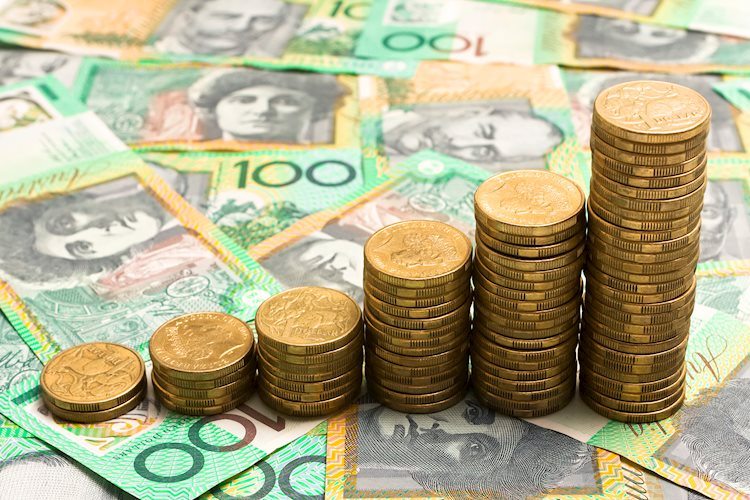The Australian Dollar (AUD) has been receiving support against the US Dollar (USD) due to central banks’ policy divergence. The recent decision by the People’s Bank of China (PBoC) to keep its one-year and five-year Loan Prime Rates unchanged at 3.35% and 3.85%, respectively, has further bolstered the AUD. This decision comes amidst close trade relations between China and Australia, highlighting the significant impact that developments in the Chinese economy can have on Australian markets.
The AUD/USD pair has seen an uptick following positive labor market reports and the Federal Reserve’s (Fed) recent 50 basis points interest rate cut. The divergence in monetary policy between the Reserve Bank of Australia (RBA) and the Fed is expected to influence the pair’s movement in the near future. Meanwhile, the US Dollar faces challenges amidst growing expectations of further rate cuts by the Fed by the end of 2024. The latest projections suggest a gradual easing cycle, with the median rate for 2024 revised down to 4.375%, down from the previous forecast of 5.125% in June.
US Treasury Secretary Janet Yellen has praised the recent interest rate cut by the Federal Reserve, stating that it indicates a positive outlook for the US economy. This move reflects the Fed’s confidence in decreasing inflation and moving towards the 2% target, alongside a robust job market. Additionally, Australian economic data has shown promising signs, with the Employment Change coming in above expectations in August, while the Unemployment Rate remained steady at 4.2%.
Despite these positive developments, economists have lowered GDP growth forecasts for China, attributing it to a potential downward spiral in the economy. Signs of weakness, such as a slowdown in industrial activity and falling real estate prices, have increased pressure on Beijing to boost spending to stimulate demand. In contrast, Reserve Bank of Australia (RBA) officials have mentioned the premature nature of rate cuts amid sustained high inflation, while also acknowledging the potential slowdown in wage growth.
In terms of technical analysis, the AUD/USD pair is trading near 0.6810 and is moving within a rising wedge pattern on the daily chart. The 14-day Relative Strength Index (RSI) is approaching the 70 mark, indicating a bullish trend for the pair. On the upside, the pair may test the upper boundary of the rising wedge at 0.6870, while a breakthrough above this level could lead to a test of the psychological level of 0.6900. On the downside, support levels lie at 0.6800 and 0.6760, with further support at 0.6700.
Overall, the Australian Dollar has seen support against the US Dollar amidst central banks’ policy divergence, positive economic data, and technical analysis indicating a bullish trend for the pair. While challenges such as potential further rate cuts by the Fed and lowered GDP growth forecasts for China remain, the AUD’s resilience and strength in the face of these factors suggest a positive outlook for the currency in the near future. Investors will continue to monitor developments in both the Australian and global economies to gauge the AUD’s future performance.































